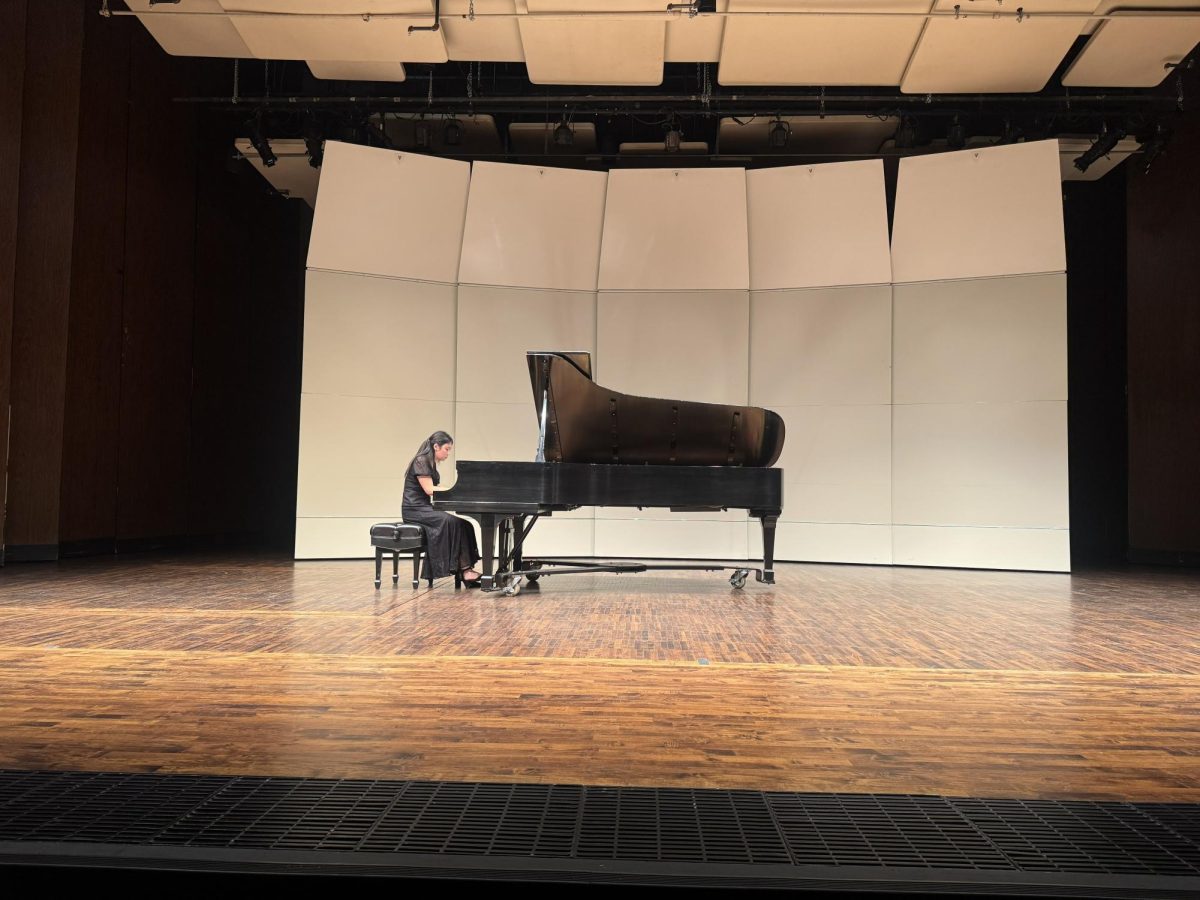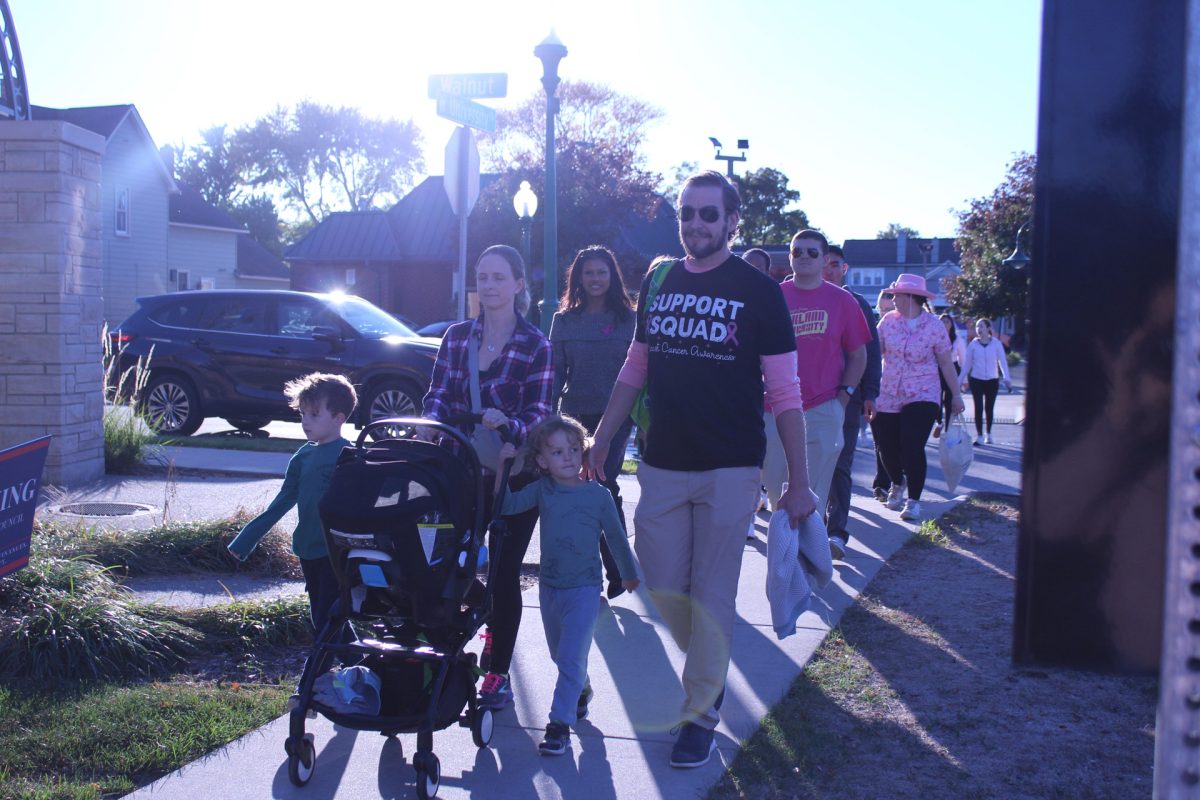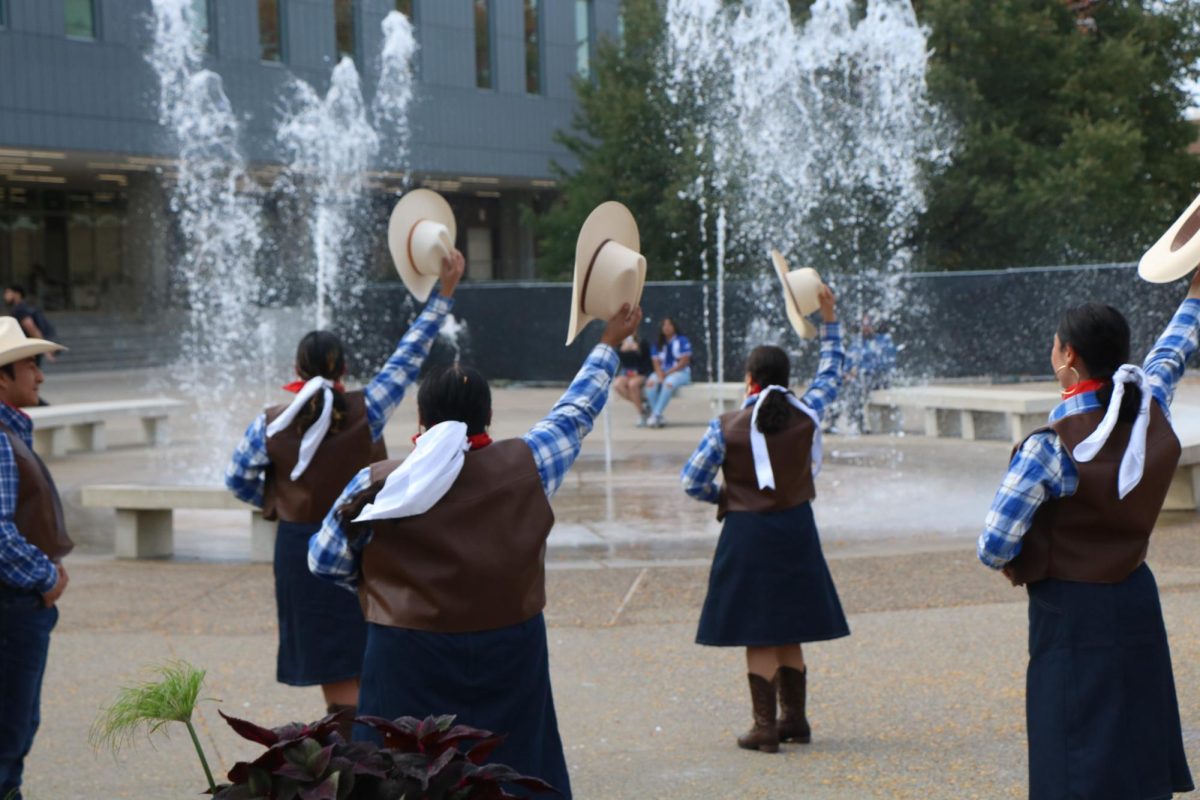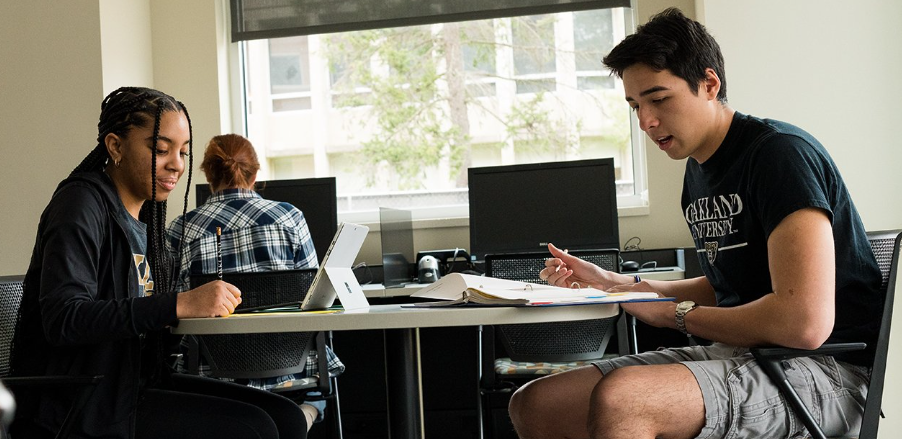Residents of the eastern half of the Ann V. Nicholson Apartments are facing a new obstacle. Seemingly overnight, a new fence went up around the Recreation and Athletic Outdoor Complex (RAOC), which is managed by University Recreation and Well-Being (Rec Well).
The fence is blocking a longstanding shortcut for residents in the higher-numbered apartment buildings. Next to the west entrance of the 6000 Ann V. Nicholson Apartments, a crosswalk leads students onto a sidewalk that runs parallel to the Recreation Superfields.
From there, students walk diagonally across a parking lot. It’s a known time saver, passed from roommate to roommate.
A gate now blocks this sidewalk. For several days after the fence was completed, students were seen trying to open this gate from the outside but had no luck.
Without the controversy, this construction project might have gone largely unnoticed. Instead, students are left asking why.
“I feel like, as far as I know, this came out of nowhere,” junior Elizabeth Rosser said. “I just want to know what’s happening and what their actual reasoning is, because it wasn’t here one day and it was the next.”
At the beginning of the academic year, many also noticed “Protect the Turf” signs at each entrance to the fields. Some students correctly speculated that the fencing was implemented partially due to the new turf, but still found it to be a nuisance in their day-to-day.
“I think the new fencing could be beneficial as a protection method, but I find that the gate always being locked serves as an inconvenience,” sophomore Kelley Hassett said. “As an athlete, I used the sidewalk along the fields as a way to get to the O’Rena, but now I feel restricted as the gate is locked.”
As it turns out, this fencing was part of the original plan when the RAOC was constructed in 2014, according to Associate Director of University Recreation and Well-Being Marie VanBuskirk.
Rec Well has been saving its profits since opening in 1998. With that money, it was able to re-turf the Recreation Superfields and Stadium Field—an expense that cost $2.5 million —without using student tuition funds.
The Recreation Superfields and Stadium Field primarily see use from Rec Well Sports, club sports, campus departments, student organizations and community groups. The fence acts as a way to protect the costly investment in the turf and allows a reliable space for these groups, according to VanBuskirk.
“We had a little hiccup in the turf replacement that allowed us to get some money back,” VanBuskirk said. “With that money, we re-looked at the original project, and the original project, when the Recreation and Athletic Outdoor Complex was constructed, was to have the whole complex fenced, and to have better control of operations and one main entrance.”
An example of that control includes the ability to fully ticket track and field competitions. Additionally, the fence allows student employees of Rec Well to better welcome and direct people, rather than focusing on kicking people without a reservation off the fields.
“What the fence we believe will do is help us to switch from something reactive that the student employees have to react to, to being something proactive in welcoming students and guests,” VanBuskirk said.
Students can access the fields for a drop-in soccer for at least two hours each week day. VanBuskirk also assures that students hoping to make reservations for their club or organization can do so for free through an online form.
Addressing safety and accessibility concerns, VanBukirk says that they have followed all regulations and worked with the Oakland University Police Department to ensure compliance.
Nonetheless, some students are left wondering if this was the best way to handle protecting the updated Recreation Superfields.
“Protecting and maintaining new turf is understandable, but walking on the sidewalk does not affect the turf,” sophomore Grace Albrecht said.
When asked if there was a way to leave the sidewalk near the 6000 Ann V. Nicholson Apartments unenclosed, VanBuskirk said the fencing was based on the original plan for the RAOC. She also said that they worked with the fencing company and determined this to be a cost-effective configuration that eliminated the need to operate the RAOC as three separate spaces– the Recreation Superfields, Outdoor Track and Tennis Courts.
“We totally expect some growing pains from this,” VanBuskirk said. “We know some people used to cut through the fields, and it’s going to be a little inconvenient, but when we are open, we will always have a way to welcome people if they arrange it in advance.”






